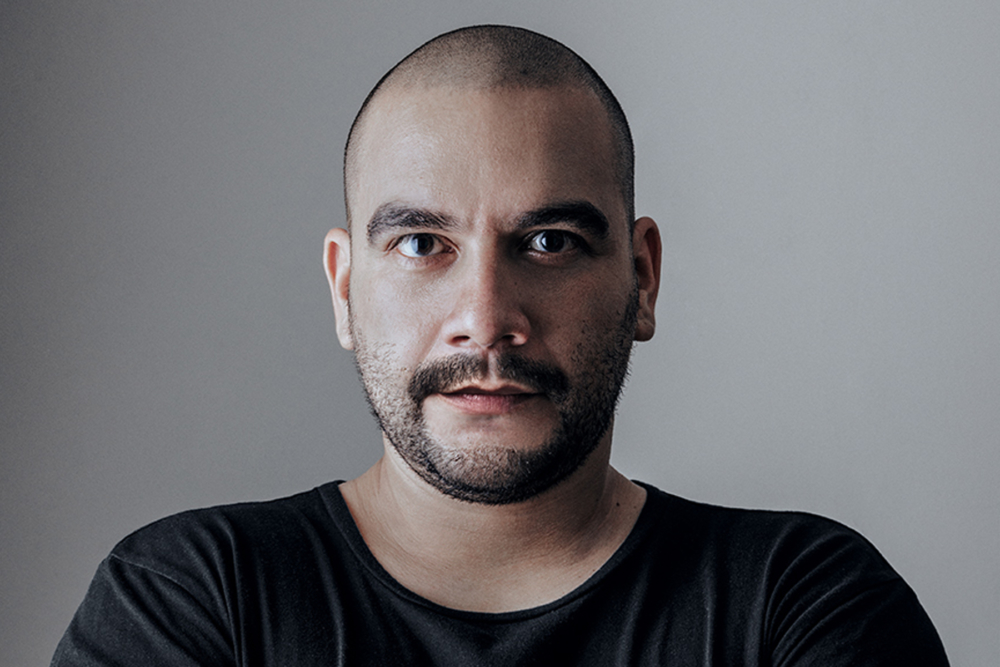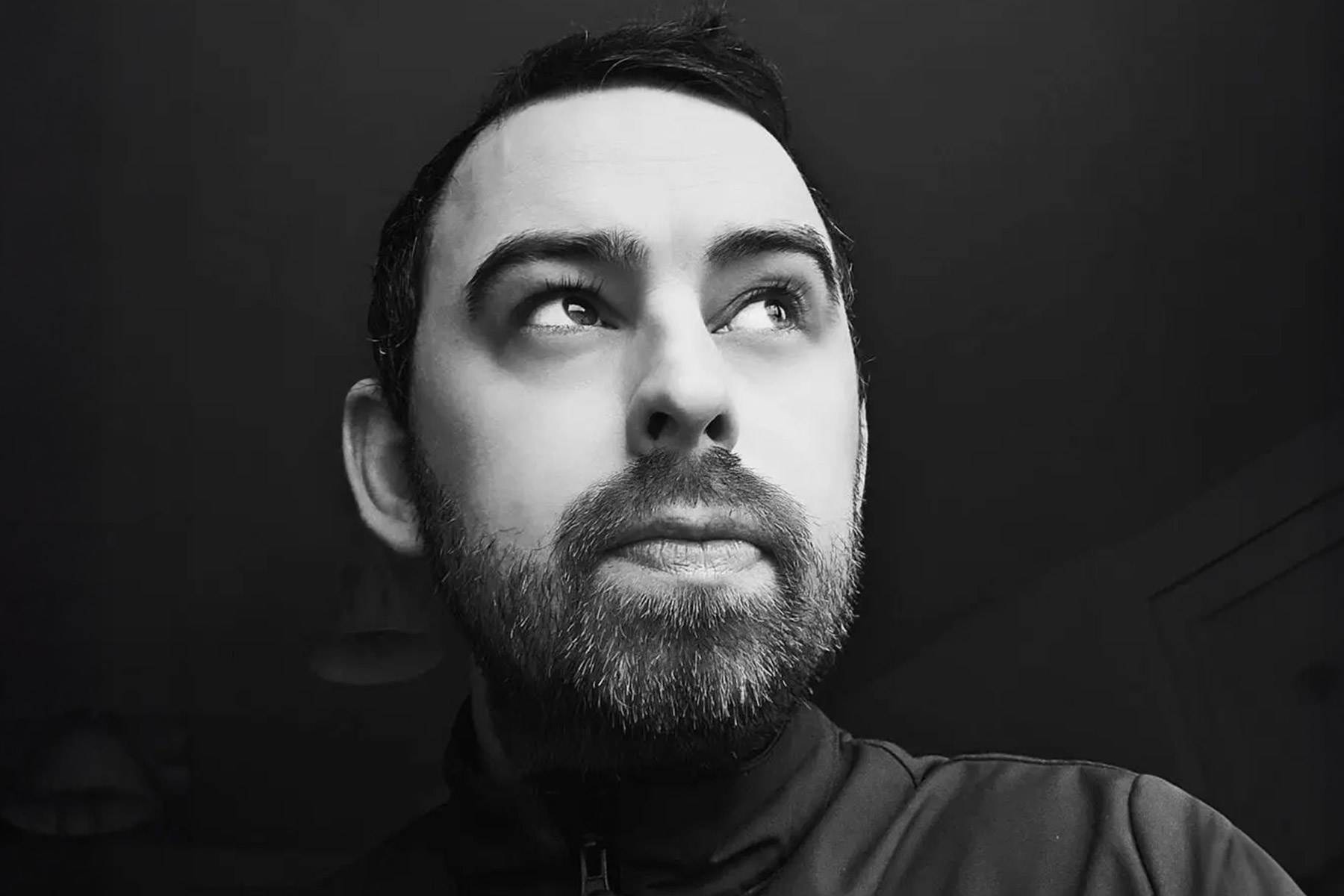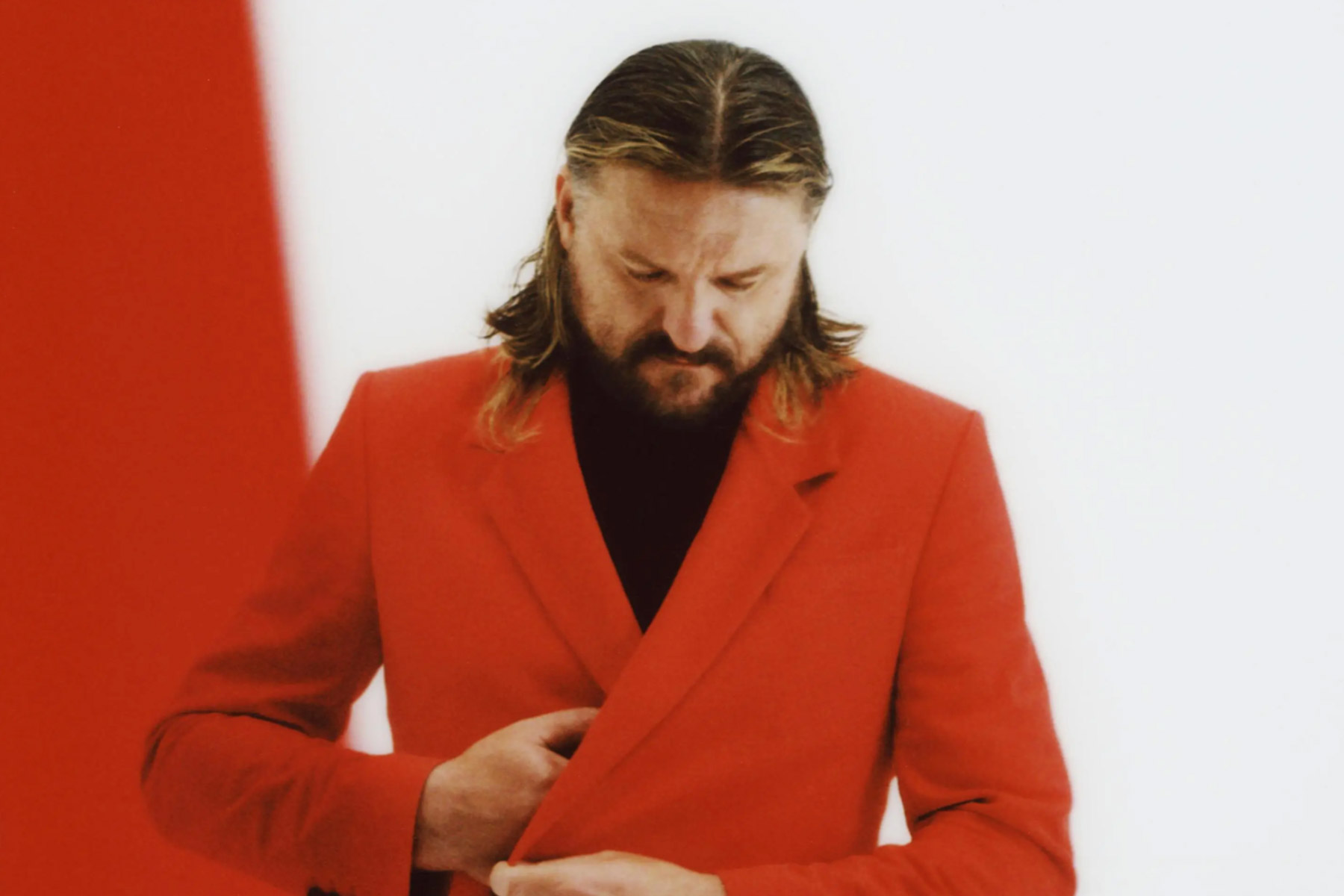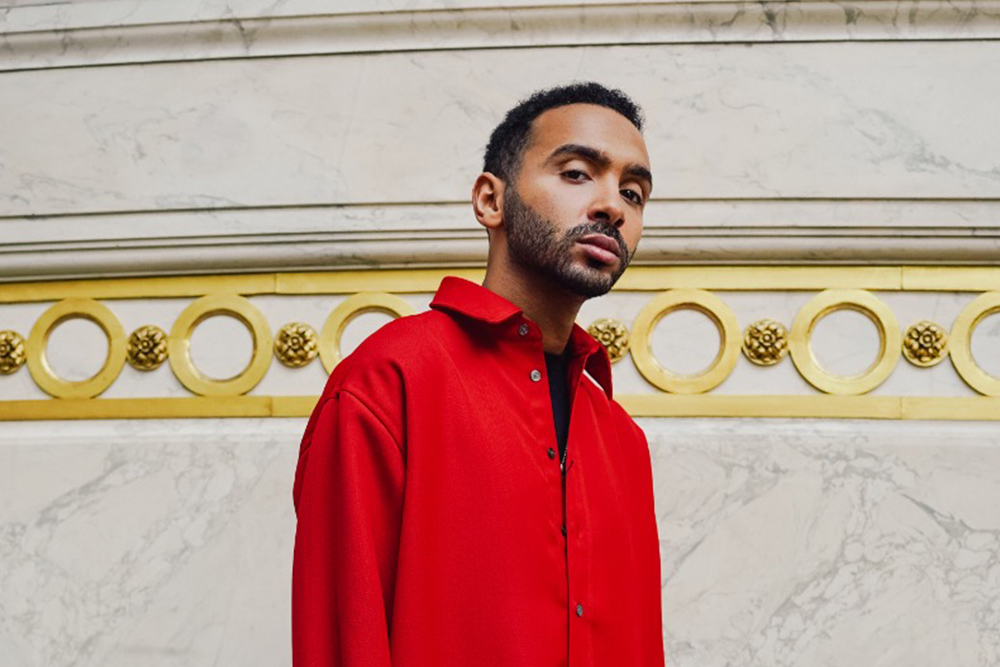Zalvador has been showcasing his intuitive talent for controlling dance floors for over 10 years, starting from his local circuit in his city. Influenced by iconic artists such as Depeche Mode, Kraftwerk, Pink Floyd, and Jean-Michel Jarre, he has developed a unique and profound understanding of electronic music. Zalvador is a researcher, explorer, and passionate seeker of the sounds of the future, always eager to share his findings.
His music combines the sensation of emptiness in space with melodies, progressions, and sidereal atmospheres, mixed with organic samples, psychedelic sounds, and growing pads. He navigates through genres such as deep tech, organic house, progressive, and melodic techno, producing sets that evolve between his unpublished productions and a carefully curated musical selection, generating unique and unforgettable moments full of energy.
With productions on prestigious labels like PlattenBank, Perspectives Digital, Tenampa, Natura Viva, Mango Alley, Sprout, Manual Music, and onedotsixtwo that have been played at festivals and clubs worldwide by legendary DJs such as Hernan Cattaneo, Guy J, Guy Mantzur, and Tony McGuinness (Above & Beyond), his productions have repeatedly topped the Beatport Top 100 Progressive House charts.
Despite his immense talent and success, Zalvador’s reserved personality and the character of his music have kept his talents in the underground scene. Here he shares 5 basic tips to make your life easier in the studio.
1. Order
If you organize all the elements that you create in the project according to your way of working, everything will be easier for you. You can organize the channels into groups and subgroups, giving them names and colors that guide you visually through the project. Positioning your libraries in a way that you remember where to find the sounds and use markers to indicate different parts of the track; will make your workflow agile and easier. If you also want to add speed to your process, you must learn the DAW shortcuts you use.
2. Less Is More
Each channel should be processed only as necessary according to what you want to transmit with your sounds. If you use a lot of effects or processing on a channel, it can end up sounding really bad and mess up your mixdown. You should clean up the frequencies with an equalizer and control the unbalanced sounds with a compressor. A spectrum analyzer can also help you prevent phase problems.
3. Humanize
You can record the automation live while you control different parameters with one or several knobs of your midi controller. This will make the dynamics of each channel sound more “natural”. If you do the automation in a linear way with your mouse, your music is dehumanized in a certain way.
4. Location
You should give different depths to the sounds in the mixdown. Use three different reverbs through the return channels. A short, a medium, and a long reverb. Use each reverb according to the placement you want to give each sound. You can also apply the same reverberation to several sounds grouped in a channel, for example, percussion.
5. Experiment
There are no rules. Let your ear guide you and create new sounds, rhythms, and musical patterns. In order for you to innovate, you must break out of established patterns. Explore, edit, and move according to what you want to express. Don’t forget that music is a way of expressing what we think, imagine, or feel.
Zalvador’s debut LP ‘Emotions’ is out now via Clubsonica. Purchase your copy here.
Follow Zalvador: Spotify | Instagram | SoundCloud | Facebook








